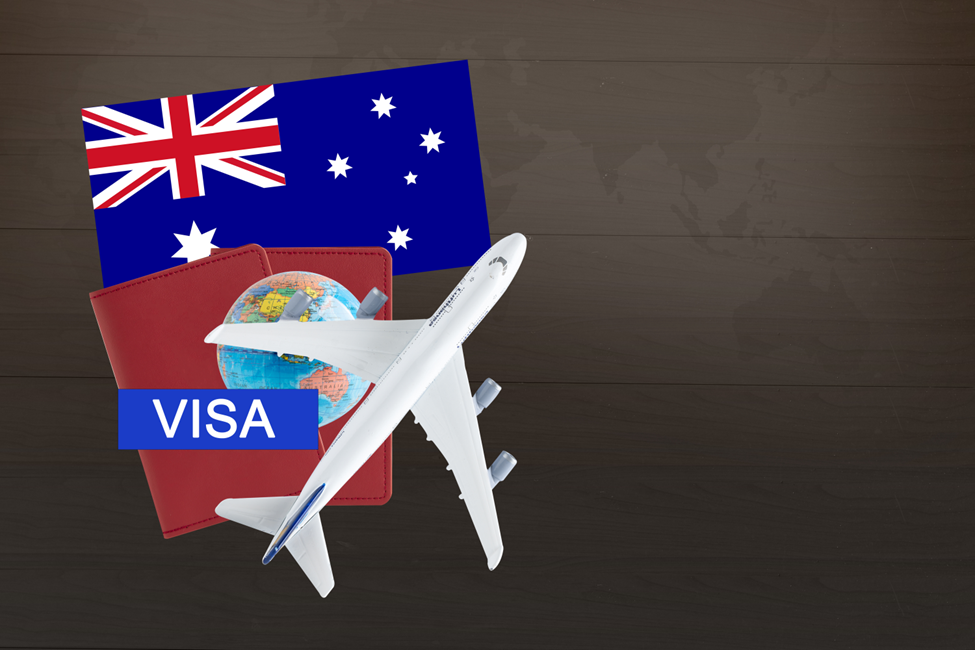Now Reading: What Is a Partner Visa for Australia? Requirements and Process
-
01
What Is a Partner Visa for Australia? Requirements and Process

What Is a Partner Visa for Australia? Requirements and Process
The partner visa in Australia is a visa category that allows the spouse or de facto partner of an Australian citizen, permanent resident, or eligible New Zealand citizen to live in Australia. This aims to support family unity by enabling partners to reunite and live together in Australia, with the potential to progress to permanent residency.
Let this article guide you through the requirements and application process for acquiring the right partner visa. Read on to learn more!
Types of partner visas
There are several types of partner visas, catering to different circumstances:
Temporary Partner Visa (Subclass 820/309): This visa allows the partner to stay in Australia temporarily while the permanent partner visa application is being processed. Subclass 820 is for onshore applicants (already in Australia), and Subclass 309 is for offshore applicants (applying from outside Australia).
Permanent Partner Visa (Subclass 801/100): This visa is granted after the applicant has held the temporary partner visa and met additional requirements, allowing them to live in Australia permanently. Subclass 801 is for onshore applicants, while Subclass 100 is for offshore applicants.
Prospective Marriage Visa (Subclass 300): This visa is for individuals who intend to marry a certified Australian citizen, a permanent resident of the country, or an eligible New Zealand citizen. It allows the visa holder to enter Australia and marry their partner within nine months.
As you can see from the above, the right partner visa depends on your location and relationship status. Be sure to research all the requirements to determine which type is right for you.
To help you figure things out, you can also hire reputable visa processing services. Based on your current circumstances, they can deduce whether you ought to apply for an Australian partner visa or another type. Their services even go as far as taking care of the paperwork and submitting the application on your behalf.
Requirements for a partner visa
Here are the basic requirements when applying for Australian partner visa:
Genuine relationship: The relationship between the applicant and the Australian partner must be authentic and continuing. Evidence such as joint financial accounts shared living arrangements, and social proof (photos, statements from friends and family) is required.
Health and character: The applicant and the sponsoring partner must meet health and character requirements, typically undergoing medical examinations and obtaining police clearances.
Sponsorship: The Australian partner must agree to sponsor the applicant and provide support, including accommodation and financial assistance, for a specified period.
Commitment to shared life: Applicants must demonstrate their commitment to a shared life together, including details of cohabitation and plans.
Ensure that you have complete and accurate documents to support your application. Any inconsistencies or lack of evidence can raise red flags and potentially lead to delays or rejection.
If you’re unsure about any aspect of the process, it’s advisable to consult with an immigration lawyer or registered migration agent. This way, you can have expert guidance to help you adequately meet the stringent requirements of the Department of Home Affairs.
Partner visa application process
Here’s a quick breakdown of the Australian partner visa application process:
1. Preparation
Collect and prepare all necessary documents, including proof of relationship, identity documents, and evidence of the sponsor’s status.
2. Submission
Go to the Department of Home Affairs website and follow the instructions. Ensure that all the information you input is accurate and complete.
3. Fee payment
Pay the required application fee at the time of submission.
4. Health and character checks
Complete the necessary health examinations and obtain police clearances.
5. Interview
In some cases, applicants and their partners may be required to attend an interview to verify the authenticity of their relationship.
6. Processing
Wait for the application to be processed, which can take several months to over a year. Then, you can track the progress of your application online.
Understanding and meeting the requirements for a partner visa in Australia can help ensure a smoother application experience.
Benefits of partner visa
A partner visa in Australia offers several advantages for you and your family.
Temporary Partner Visa (Subclass 820):
This visa allows you to live and work in Australia while your permanent partner visa application is being processed. Although international student fees will apply, you can also pursue studies in Australia. Furthermore, you’ll gain access to Medicare, Australia’s public health care system, and enjoy the freedom to travel in and out of the country as often as you’d like after your visa is granted.
Permanent Partner Visa (Subclass 801):
With this visa, you’ll have the right to stay in Australia indefinitely, opening up a world of possibilities. You can pursue further education with the benefit of domestic student fees and freely work or start your own business.
Additionally, you may become eligible for certain social security benefits through Centrelink, such as family tax benefits or job seeker payments, and you’ll continue to have access to Medicare for your healthcare needs.
If you want to buy your first home, you might be eligible for first homeowner grants. And after a specific period, you may even be able to apply for Australian citizenship.
Additional benefits for both visas:
Temporary and permanent partner visas allow you to include dependent children in your application if they meet the eligibility requirements. The temporary partner visa also serves as a pathway to obtaining the permanent partner visa, which grants you permanent residency in Australia.
You can also refer to the official Australian government website for more detailed information and the most up-to-date requirements.
Conclusion
For those looking to bring their loved ones to Australia, understanding what a partner visa is and navigating the requirements and process is essential. Applying for this visa involves careful preparation and adherence to immigration guidelines. Indeed, reuniting with your partner is a reachable goal with the right approach.










